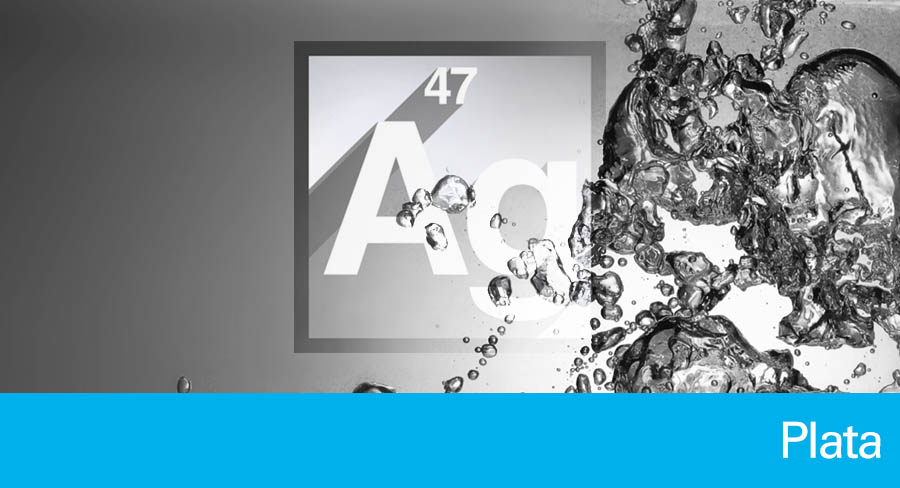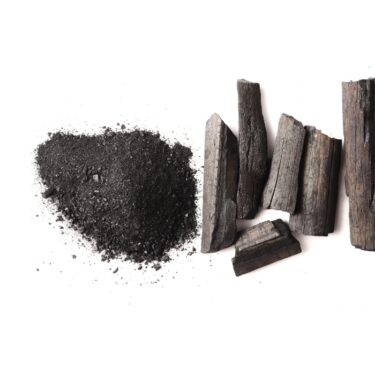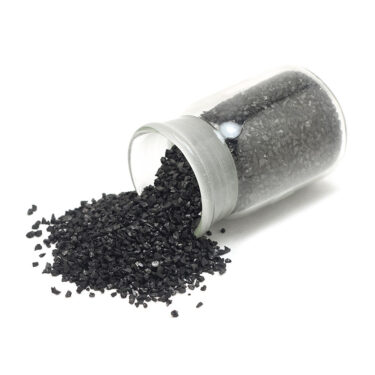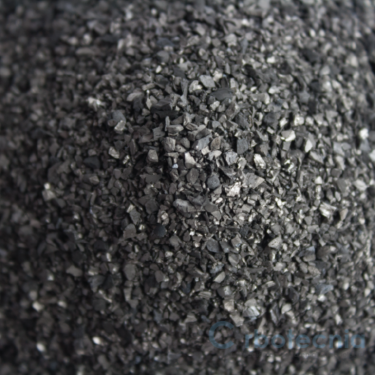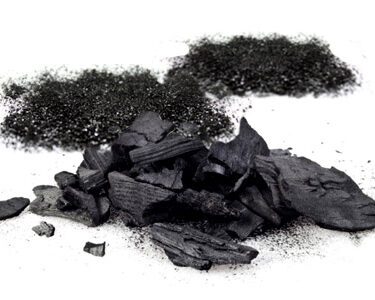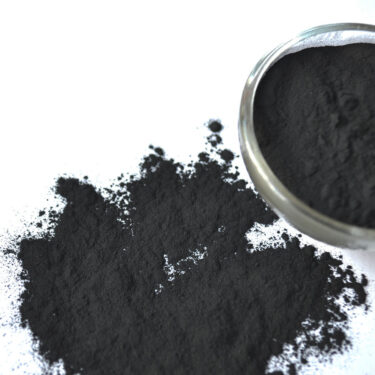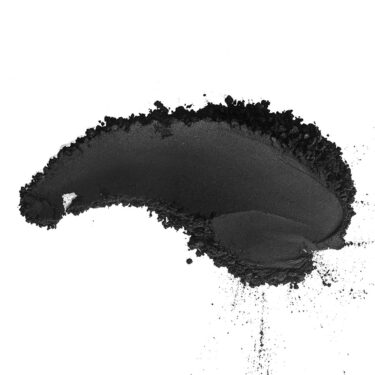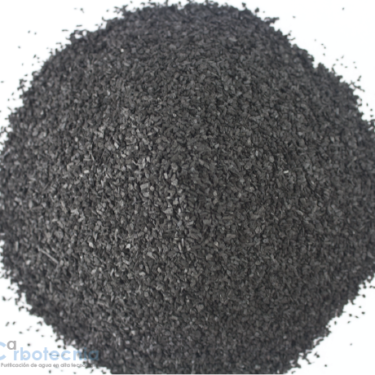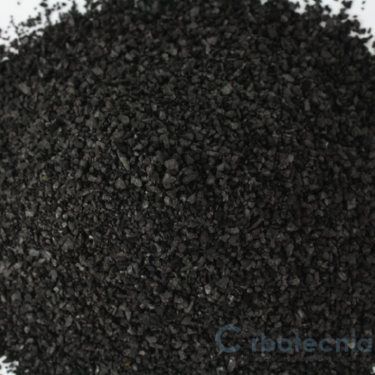What is Silver?
Silver (Ag) (from Latin argentum, derived from Proto-Indo-European h₂erǵ: “shiny” or “white”) is a metallic element, an excellent conductor of heat and electricity. and atomic number 47. It is a soft, white, lustrous transition metal with the highest electrical conductivity, thermal conductivity and reflectivity of all metals. This metal is found in nature in its pure and free form (native silver), as an alloy with gold and other metals, and in ores such as argentite and chlorargyrite.
Its physical and chemical properties as well as its rarity (the average concentration of silver in the earth’s crust is 0.1 ppm) make it a highly desirable mineral for use in jewelry, alloys, electrical and electronic components; it is also used as a disinfectant in water treatment.
It is most present in the +1 oxidation state and less frequently in the +2 oxidation state. A higher degree of oxidation is very rare. The most important silver compounds from a drinking water point of view are silver nitrate (AgNO3, CAS No. 7761-88-8) and silver chloride (AgCl, CAS No. 7783 90-6).
Industrial uses of silver
Industrial uses of silver include photography, jewelry, coins and ingots, silver nitrate for x-rays and mirrors. Due to its high conductivity and resistance to tarnishing (oxidation), pure silver is the most widely used metal in electrical contacts. In addition, its great ductility and malleability make it easy to work with.
Silver is used in many applications that require corrosion resistance or electrical conductivity, such as photographic films. Silver compounds have also been used as antibiotics because they inactivate bacteria by reacting with the sulfhydryl groups of enzymes that are essential for their survival.
Silver can be dissolved in cyanide solutions, which are used to clean metals in electroplating.
Silver in the water.
In groundwater sources we can find silver values between 0.1 – 9 µg / L, although on some occasions wells have been found with concentrations of 30 – 40 µg / L. While in surface water sources silver concentrations vary between 0.1 – 4 µg / L. In treated water, the main source of silver are bacteriostatic activated carbons (impregnated with silver).
Health effects.
Chronic exposure to low concentrations of silver can lead to argyria, an abnormal condition in which silver becomes lodged in the skin and hair, causing it to turn blue-gray. Pigmentation of the eye is considered the first sign of generalized argyria. It is difficult to determine the lowest dose that can lead to the development of argyria. Other than this condition, no other adverse health effects are known.
Dissolved silver in drinking water can have negative effects on human health. At high concentrations, silver may cause some gastrointestinal irritation, diarrhea, abdominal pain and discoloration of the skin and nails. Long-term exposure to high concentrations of silver has also been linked (without scientific substantiation) to neurological effects, such as behavioral changes and memory problems. Silver has also been linked to kidney and lung damage. . However, it is important to note that health effects depend on the amount of silver a person is exposed to and may vary from person to person. It is advisable to follow the guidelines for safe levels of silver in drinking water established by local health authorities.
Argyria is the only disease studied in the case of prolonged ingestion of silver (especially colloidal). This disease is not so frequent nowadays. It manifests as a blue-gray pigmentation of the skin and mucous membranes, and has no other systemic symptoms, only the coloration. It can be diagnosed by a physical examination in which the color of the skin and nails are evaluated. The physician may also recommend a blood test to measure the levels of metals, in this case silver or arsenic in the body.
How is silver removed from water?
In its ionic form, silver is recovered by ion exchange resins in the treatment of industrial wastes.
Other methods used to remove silver from drinking water are:
- Electrocution: using a process called cathodic electrocution, silver dissolved in water can be reduced by applying an electric current.
- Reverse osmosis can be used to osmotize water with a certain concentration.
- Leaching: using a chemical leaching process, silver dissolved in water can be removed by applying an acid or silver chloride solution.
Other effective methods are coagulation with ferric sulfate (pH 7 – 9), alum coagulation (pH 6 – 8) and ion exchange resins.
It is important to mention that the process to be used will depend on the size of the amount of silver in the water and the process context of the water to be treated, so it is advisable to consult us to determine the best method.
Last updated 27/01/2023.
Share:
If you need more information, please contact us.
Some products that may interest you
-
AA-3 Activated carbon to reduce color and flavor in tequila and other distilled spirits
Add to quote -
Micro K Coconut shell activated carbon
Add to quote -
Micro 4 LF Coconut shell activated carbon free of fines
Add to quote -
Megapol C – Wood powder activated carbon
Add to quote -
Megapol E – Wood powdered activated charcoal
Add to quote -
Micropol 4 200 – Coconut shell powdered activated carbon
Add to quote -
Mega – Wood granular activated carbon
Add to quote -
Gama L – Lignite coal mineral activated carbon
Add to quote

